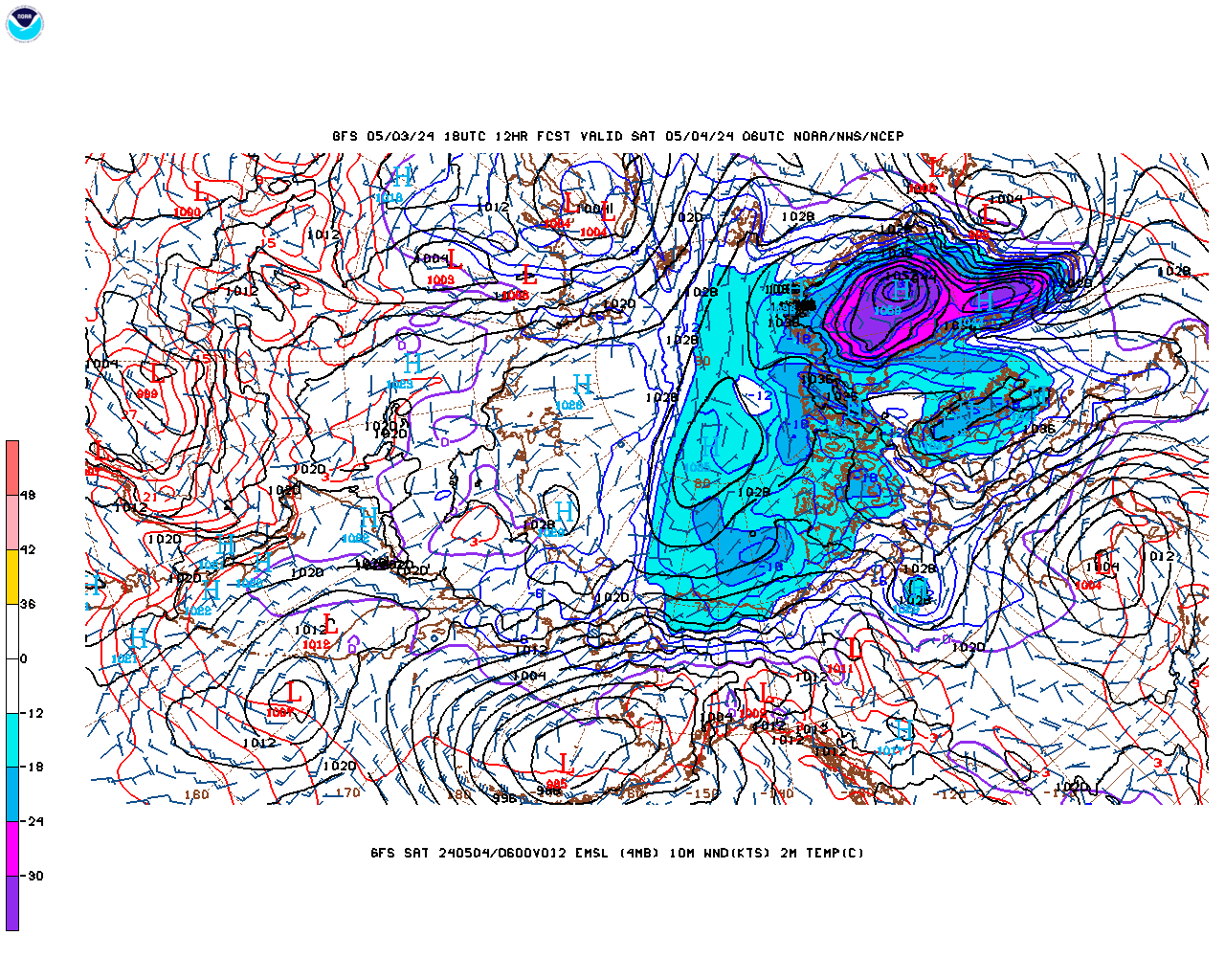-
Posts
2,713 -
Joined
-
Last visited
Content Type
Profiles
Blogs
Forums
American Weather
Media Demo
Store
Gallery
Posts posted by Sophisticated Skeptic
-
-
heat pump = ON
maybe all these coronal hole incidents are having an impact.
-
i'm surprised of the gains the last 4 days or so.
the current outlook should show some decent losses the next several days, no? Dunno where the official forecasts for those are, just looking at model temps here.
-
yea, this page could use a bit of cleaning. sounds like a bunch of 8 year olds have invaded.
anyway....
surprised Global Warmer has been so quiet...this is usually his time to shine.
This pattern is rather unprecedented . Extremely unprecedented in a sense, considering we could be seeing more of the same in the upcoming week. As the polar vortex cold decides to harass Britain / Russia instead of staying put, like it's suppose to....all while parts of the arctic could even go above freezing in the week ahead.
-
the twilight zone'ish type warming to continue.
-
another warmup in the arctic looking possible in the 4 to 7 day range... while at the same time, an unusual cool blast to hit the NE U.S.
what was unusual about the October 1st to 15th pattern....was how it was warm in the U.S. the same time. meaning it must of been unusually cool in another part of the globe at that time. (didn't look at models then)
also... yikes -

-
9 hours ago, Sugarloaf1989 said:
Does this have any bearing on how fast next summer's melt may happen with such a late start the re-freeze. I guess that ice thickness overall would be less with a shorter winter season?
negative, as the same was expected to occur this summer...but never panned out. As an unusually cold pattern this summer, made up for the unusually warm pattern over the arctic from January - March.
either way, I agree with Blue on how odd things have become with October so far. Shows how quick just 15 days could throw a monkey-wrench into things.
-
6 hours ago, bluewave said:
This was the biggest freeze slowdown that we ever saw during the month of October. Extent got very close to 2007 and 2012.
you make it sound like it won't pass 2012. which it's extremely close to currently.
-
the odd looking warmth to continue.
it looks so weird being branched off like that.
wheres Global Warmer been? long time no see. he usually goes crazy over these things.

-
forecast still looks kinda shady (warm) , opposite the greenland end.
-
3 hours ago, Ufasuperstorm said:
Just in the above localized regions that is 50,841,530.054707594 gallons annually. (Try and imagine worldwide how much naturally seeps)
I don't even wanna know. At-least our country reports it, most other countries hide it...and we don't do anything to penalize them. But yea, that's another thing. Oil leaks not properly sealed off. It could be Exxon Valdez times a 1000 out there...and nobody knows.
Since it doesn't effect humans from breathing, everybody just looks the other way. It does however effect ocean life from breathing.
heck, even when Chernobyl happened...nobody even knew about it for days, until radiation detectors in the next country over were off the charts. Amazing the Russians tried to hide that. Kursk too, I think they tried to hide.
guess maybe we shud make another topic, before going too OT here. But I appreciate the insight.
-
8 hours ago, ORH_wxman said:
The trash is negligible to sea level rise. It takes 360 billion tons to raise SL by 1 millimeter...the total amount of trash is almost certainly less than that as the amount per year that ends up in oceans is usually measured in the low millions of tons.
nice find, however you found that stat.
still...millions of tons of trash a year, dumped into the ocean. what happened to all the environmentalists that used to care about these things? It's an extraordinary amount, that most people don't even assume.
another aspect (maybe u have a stat ) , is mammal reproduction. Example, if we have a million more whales in the ocean next year, compared to this year....water volume = raised. Then again, with our oceans getting more polluted every year...it could be helping to cut down on those numbers.
silly humans, screwing everything up.
other mini-aspects that could mess with the numbers as well : volcanoes / earthquakes .
-
how about the billions of tons of garbage dumped into our oceans the last 100 years or so ? (mostly from commercial shippers that like to cut costs / save money)
Doubt anyone's factored that into the equation of our sea levels rising.
Like when u put ice into a glass of water...the water level rises.. yeah..kinda like that.
either way, it's sickening to me how much our oceans are polluted..and how people dump anything and everything into it. There should be very serious laws implemented world-wide to stop this immediately. Our oceans won't even be able to sustain life in 50 years or so...if this continues.
-
forget about the specific numbers, which one looks worse to you.
1st one (2012)
or 2nd (2016)


I could see more unexpected late season losses...since most of the shaggy, thin ice is around the warmer, outer peripheries
-
just because of an ordinary weather bomb, or in-combination with all the ice up there as well? I don't remember seeing these earthquakes mentioned during the biggest of nor'easters.
https://www.yahoo.com/news/japan-scientists-detect-rare-deep-earth-tremor-200327022.html
Japan scientists detect rare, deep-Earth tremor
Miami (AFP) - Scientists who study earthquakes in Japan said Thursday they have detected a rare deep-Earth tremor for the first time and traced its location to a distant and powerful storm.
The findings, published in the US journal Science, could help experts learn more about the Earth's inner structure and improve detection of earthquakes and oceanic storms.
The storm in the North Atlantic was known as a "weather bomb," a small but potent storm that gains punch as pressure quickly mounts.
Groups of waves sloshed and pounded the ocean floor during the storm, which struck between Greenland and Iceland.
Using seismic equipment on land and on the seafloor that usually detects the Earth's crust crumbling during earthquakes, researchers found something they had not detected before -- a tremor known as an S wave microseism.
Microseisms are very faint tremors.
Another kind of tremor, known as P waves, or primary wave microseisms, can be detected during major hurricanes.
P waves are fast-moving, and animals can often sense them just before an earthquake hits.
The elusive S waves, or secondary waves, are slower, and move only through rock, not liquid. Humans feel them during earthquakes.
Using more than 200 stations operated by the National Research Institute for Earth Science and Disaster Prevention in Japan's Chugoku district, researchers Kiwamu Nishida and Ryota Takagi "successfully detected not only P wave microseisms triggered by a severe and distant North Atlantic storm, known as a weather bomb, but also S wave microseisms, too," said the study.
"The discovery marks the first time scientists have observed... an S wave microseism."
Microseism S waves are so faint that they occur in the 0.05 to 0.5 Hz frequency range.
The study in the journal Science details how researchers traced the direction and distance to the waves' origins, and the paths they traveled.
The discovery "gives seismologists a new tool with which to study Earth's deeper structure," said Peter Gerstoft and Peter Bromirski of the University of California, San Diego in an accompanying Perspective article.
Learning more about microseismic S waves may "add to our understanding of the deeper crust and upper mantle structure."
-
It's an unusually cold and stormy pattern though.
the winds have to be the only reason, right ?
-
sounds like stuffs gettin ripped up.
-
kinda surprised all the melt still going on, while it's been a very favorable pattern for ice the last week or so. Maybe dude saying that storm was going to rip the ice up is at-least partially right.
And it's pretty rare for this part to be melting out ...no ?

-
-
sail-thru ordering now available :

-
just goes to show how unpredictable things can be.
late this past winter, I think most of us thought we'd have a great shot at challenging 2012 .
-
some of the sweet advantages of GOES - R
-
In general or in reference to climate change?
both...hehe
-
gotta admit, first time i've ever seen the word Eocene anywhere.
-
He's talking about U.S. emissions. Not global.
U.S. emissions are where they were in about 1990.
Thanks....but wow, can't believe he'd use such irrelevant data for such a big speech.




Arctic Sea Ice Extent, Area, and Volume
in Climate Change
Posted
Strange, benign weather pattern for most of the northern hemisphere..
Most of the biggest storms right now are in the southern hemisphere, near Antarctica .